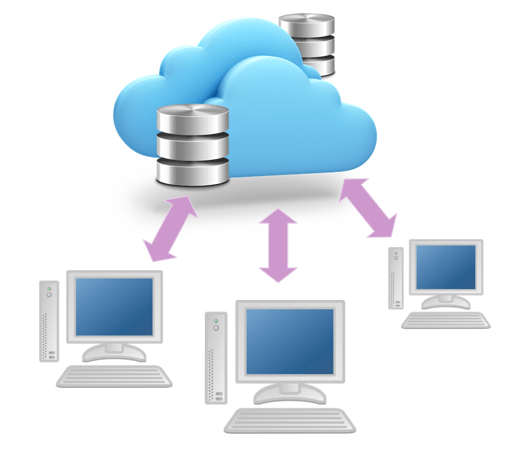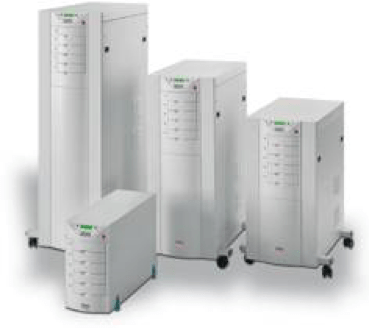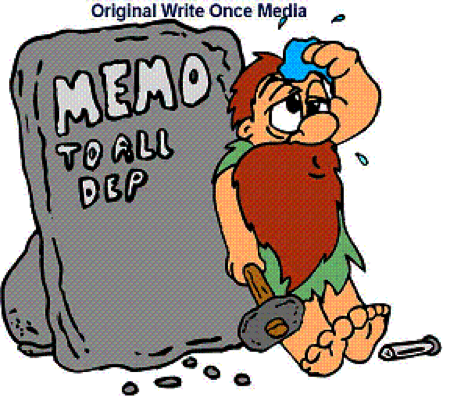Optical Jukebox Library in the Cloud

We define archival information storage as a mechanism for writing data that can’t be modified or erased, storing information for a very long time (over 50 years), and providing easy retrieval. Information archiving has evolved over the last century; from paper to microfilm, and then to optical discs in jukebox libraries.
Optical discs were introduced in the early 1980s. The Write Once Read Many (WORM) 12-inch discs, introduced by Sony and other companies, provided archiving media that allowed organizations to archive their paper information to optical storage.
CD-ROM discs were introduced by Philips and Sony in 1985. A couple of years later Sony introduced DVD-discs and Magneto-Optical discs. Jukeboxes or Libraries were designed to handle over 500 discs, creating a complete archiving storage system. Blu-ray discs were introduced by Sony in 2003, and became the archiving media standard.
Continue reading “Cloud Archiving Systems”
